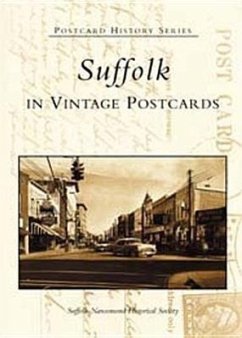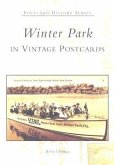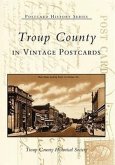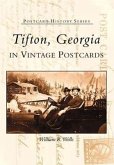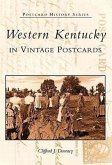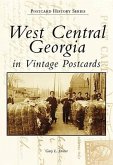After 20 years as a trading center on the Nansemond River, the town of Suffolk was chartered in 1742. Originally dependent on naval stores and the river, it would be railroads and peanuts that eventually put Suffolk on the map. After Amedeo Obici brought Planters Nut and Chocolate Company to Suffolk in 1913, the town was soon recognized as the world's largest peanut market. It was also in the center of a large agricultural region with trains passing in and out of town each day. Postcards began to travel around the country with news and greetings from the bustling Suffolk. By the middle of the 20th century, Suffolk had seen many changes. Railroads gave way to highways, and grand old hotels were replaced with motels. Yet within these pages the old Suffolk endures, depicted in the views and paintings of a vivid collection of postcards.
Hinweis: Dieser Artikel kann nur an eine deutsche Lieferadresse ausgeliefert werden.
Hinweis: Dieser Artikel kann nur an eine deutsche Lieferadresse ausgeliefert werden.

